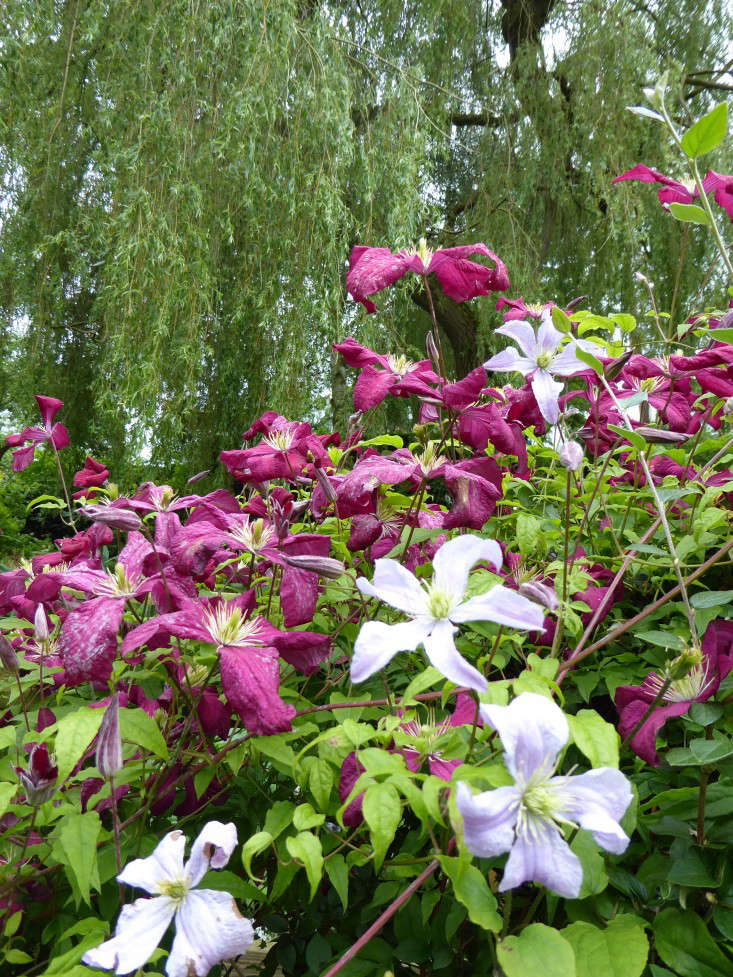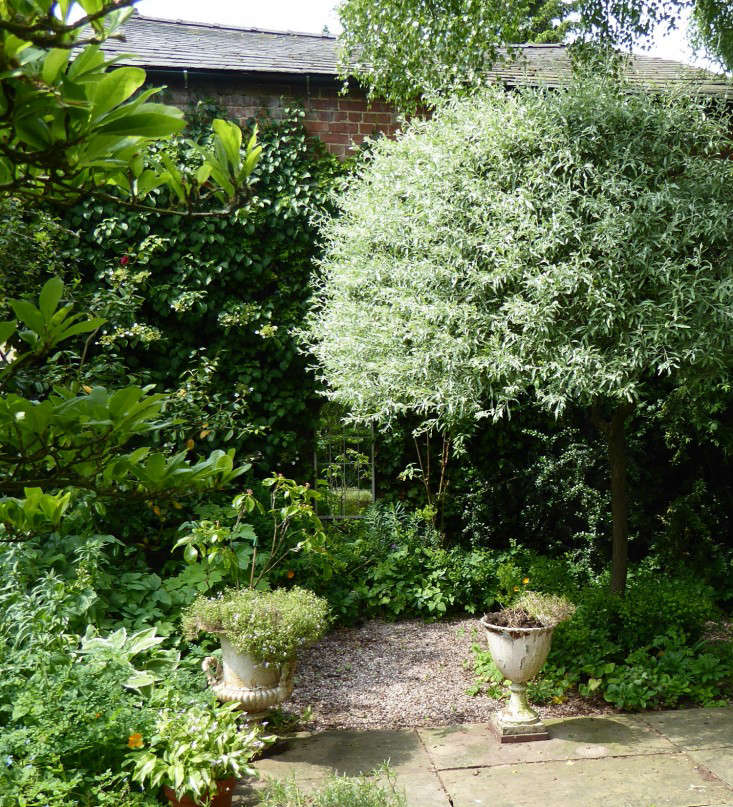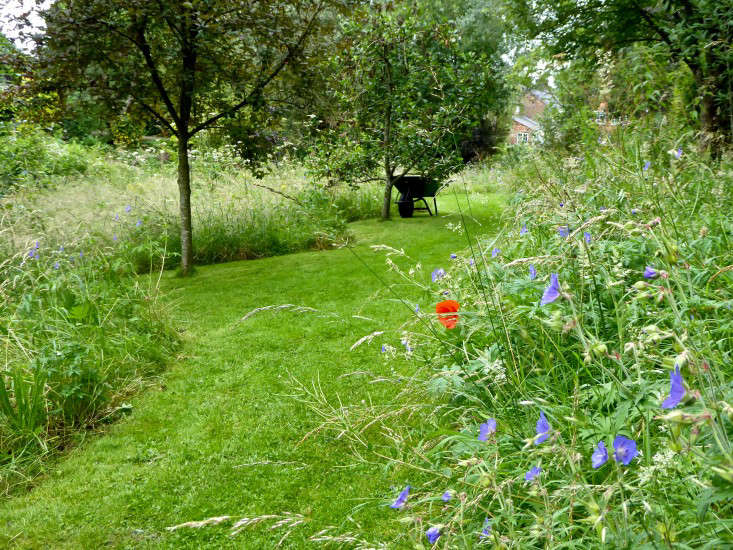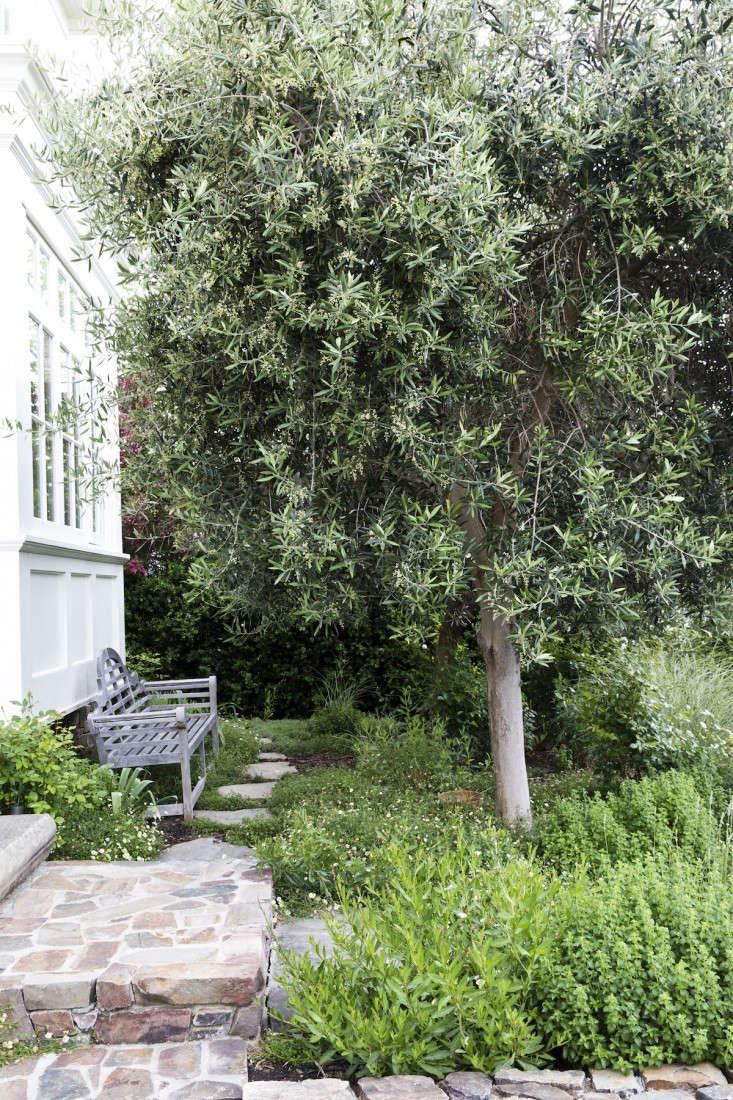Sally French-Greenslade clearly remembers her daughter, as a small child, standing next to a willow sapling in the middle of her beautiful Cheshire garden more than 50 years ago. Today, along with silver birches, Scots pines, and copper beeches, the same willow towers over a magical space that shimmers with dappled shade.
When she started to map out the grounds of her Well House, there was nothing here—except the brook that babbles across the center of the garden—and she hadn’t yet bought the wildflower meadow that makes up the rest of the two-acre plot. What she has created is an inspiring, transportive garden that is packed with perfect planting combinations and laced with an easy naturalism.
Photography by Clare Coulson for Gardenista.











The Well House garden in Cheshire is open to visitors by appointment from February to September. For details, see the National Garden Scheme.
N.B.: This post is a update; it was first published August 2016.
For more of our favorite romantic gardens, see Wild Child: An Intoxicating English Garden at Tattenhall Hall and Lessons Learned: From Neglected Slope to Charming Garden, in South London.









Have a Question or Comment About This Post?
Join the conversation